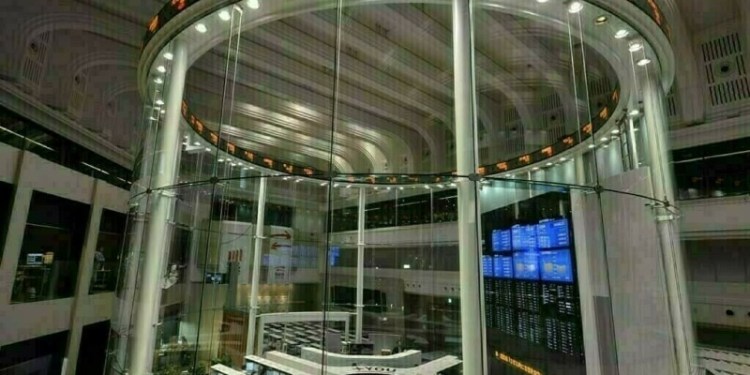Rubber stockpiles in Thailand, Indonesia and Malaysia are low and may decline further when the low-production season starts, said a group of top suppliers, asking members to refrain from cutting prices. Futures gained.
Inventories available for sale in the three countries are “low contrary to what is being reported in the media,” International Rubber Consortium Ltd., a unit of a group that comprises government officials, growers and exporters, said after a Feb. 8 meeting. The low level “would be further aggravated in the coming months with wintering expected to be severe,” it said, referring to the dry period when trees shed leaves, reducing latex yield.
The Southeast Asian countries, representing about 70 percent of world supply, failed to agree on new curbs last year after reducing exports by 300,000 metric tons in the six months through March to boost prices, according to International Tripartite Rubber Council, of which IRCo is the marketing arm. The global benchmark in Tokyo entered a bear market last month as supplies exceeded consumption of the commodity used in tires.
“The impact of IRCo’s statement and government actions are quite limited and not consistent these couple of years,” said Naohiro Niimura, a partner at Market Risk Advisory Co., a research company in Tokyo. Support to prices from such statements will be temporary, he said
Futures gained 2.7 percent to 228.2 yen a kilogram ($2,228 a ton) on the Tokyo Commodity Exchange, trimming this year’s drop to 17 percent. Losses totaled 21 percent on Jan 28 from the Sept. 9 closing high of 286 yen, meeting the common definition of a bear market. Prices fell 9.3 percent last year on concern growth in China, the top user, will slow and hurt demand.
Supply Management
IRCo sees prices as “unreasonably” low and would advise trade associations to encourage their members not to sell at prevailing rates, the group said in a statement on its website today. IRCo will also propose to “accelerate and enhance the implementation of the Supply Management Scheme,” it said.
The group will approach Vietnam to seek its support, Yium Tavarolit, chief executive officer, said by phone from Bangkok today. The country produced 949,600 tons of rubber last year, making it the third-largest grower, according to data from the Association of Natural Rubber Producing Countries.
Thailand, the biggest producer, had sought to bolster prices by unilaterally extending export restrictions for 60 days after it failed to agree with Indonesia and Malaysia on maintaining their curbs at a meeting in April. Thai exports surged 15 percent to 3.44 million tons last year, government data show. Shipments from Indonesia, the second-largest, rose 7.4 percent to 2.72 million tons, ANRPC data show.
Severe Wintering
“The drought is expected to be severe this year, curbing latex tapping,” said Yium, referring to wintering, which starts in late February. “The season may last longer than the usual two and a half months,” he said.
The Rubber Association of Indonesia has called on its members to restrict sales as prices are low and stockpiles are limited, Daud Husni Bastari, who heads the group, said today.
Global surplus may be as much as 241,000 tons in 2014, a fourth year of glut, while reserves may surge 19 percent to 2.35 million tons, the highest in at least the last 10 years, the International Rubber Study Group says. China, the world’s second-largest economy, will expand 7.5 percent this year from 7.7 percent in 2013, the International Monetary Fund estimates.
Stockpiles monitored by the Shanghai Futures Exchange total 207,658 tons, the highest level since October 2004, bourse data show. Imports by China will probably grow 11 percent this year to 4.26 million tons, compared with a growth of 14 percent a year earlier, data from the Association of Natural Rubber Producing Countries show.
“We want to see prices at fair levels for both producers and users,” Yium said, without giving an estimate. “We want it to be stable with low volatility.”
Source: Bloomberg




























